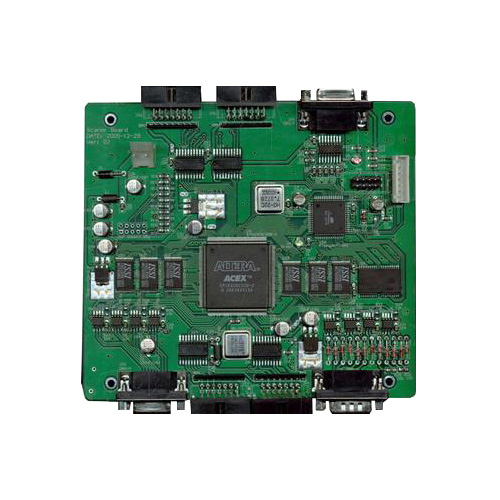SMT PCB Assembly: The Backbone of Modern Electronics Manufacturing
2025-06-05
In the world of electronics manufacturing, Surface Mount Technology (SMT) PCB Assembly has revolutionized how electronic devices are produced. From smartphones to medical equipment, SMT PCB assembly ensures compact, efficient, and reliable circuit boards that power today’s technology.

This blog dives into what SMT PCB assembly is, its advantages, the process involved, and why it’s critical for modern electronics.
What Is SMT PCB Assembly?
SMT (Surface Mount Technology) is a method of mounting electronic components directly onto the surface of printed circuit boards (PCBs). Unlike traditional through-hole technology where component leads pass through holes on the PCB, SMT components are soldered directly onto pads on the PCB surface.
SMT PCB assembly refers to the entire process of placing, soldering, and inspecting these components on the PCB to create functional electronic circuits.
Key Advantages of SMT PCB Assembly
Compact Design: SMT components are smaller, enabling higher component density and miniaturized electronic devices.
Improved Performance: Shorter electrical paths reduce signal interference and improve circuit performance.
Automated Production: High-speed machines enable faster and more accurate assembly with lower labor costs.
Cost Efficiency: Reduced material usage and quicker production times lower overall manufacturing costs.
Reliability: Stronger solder joints improve mechanical durability and reduce failure rates.
The SMT PCB Assembly Process
1. Solder Paste Printing
A stencil printer applies solder paste onto PCB pads where components will be mounted.
2. Pick and Place
Automated machines pick SMT components from reels or trays and accurately place them on the solder-pasted PCB pads.
3. Reflow Soldering
The PCB is passed through a reflow oven where solder paste melts, forming secure electrical and mechanical connections between components and PCB.
4. Inspection and Quality Control
Post-soldering, PCBs undergo inspection using Automated Optical Inspection (AOI), X-ray inspection, or manual checks to ensure proper assembly and detect defects.
5. Testing and Functional Verification
Functional tests verify that the assembled PCB performs as intended before integration into final products.
Common SMT Components
Resistors
Capacitors
Integrated Circuits (ICs)
Diodes
Transistors
LEDs
These components come in various standard packages like 0402, 0603, SOIC, QFP, and BGA, tailored for different applications.
Why SMT PCB Assembly Is Essential Today
With electronics becoming more compact and complex, SMT PCB assembly is indispensable. It allows manufacturers to design smaller devices with enhanced functionality, meeting consumer demands for portability and performance.
Moreover, industries like automotive, aerospace, medical, and telecommunications rely heavily on high-quality SMT assembly to ensure product reliability and safety.
Final Thoughts
SMT PCB Assembly is at the heart of modern electronics manufacturing, combining precision, efficiency, and scalability. Whether you’re designing consumer gadgets or industrial control systems, understanding the SMT assembly process is crucial for producing top-notch electronic products.


